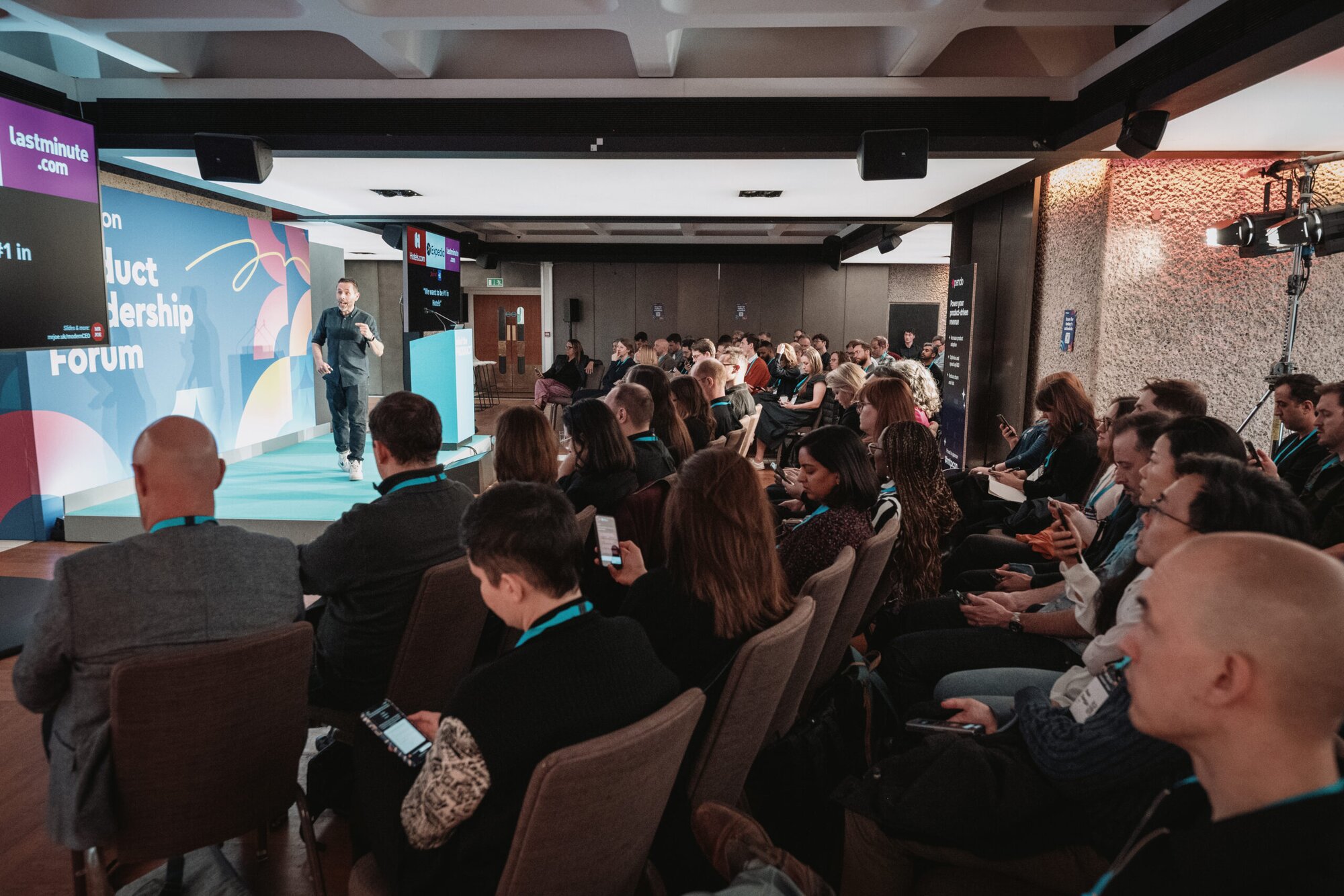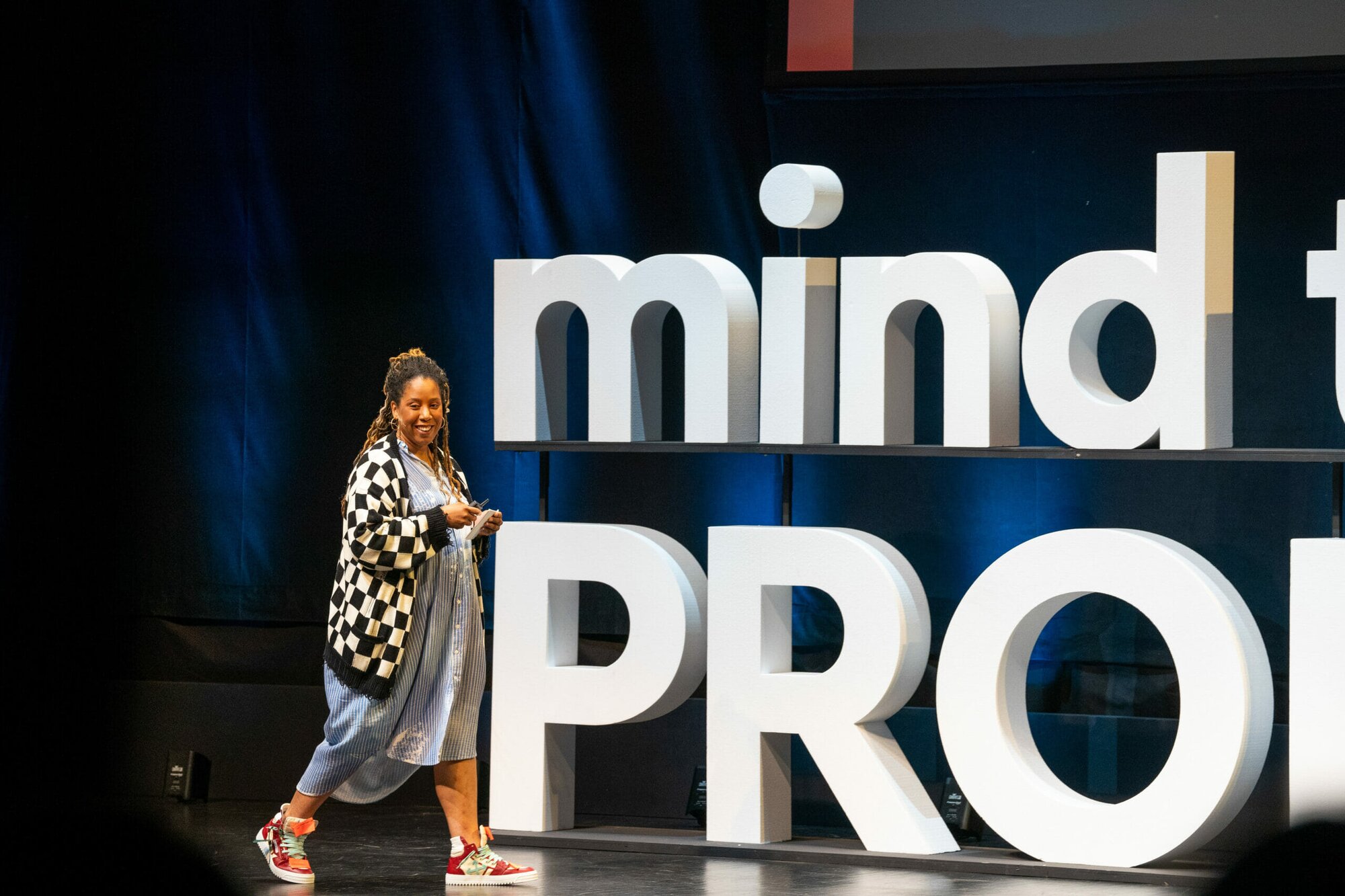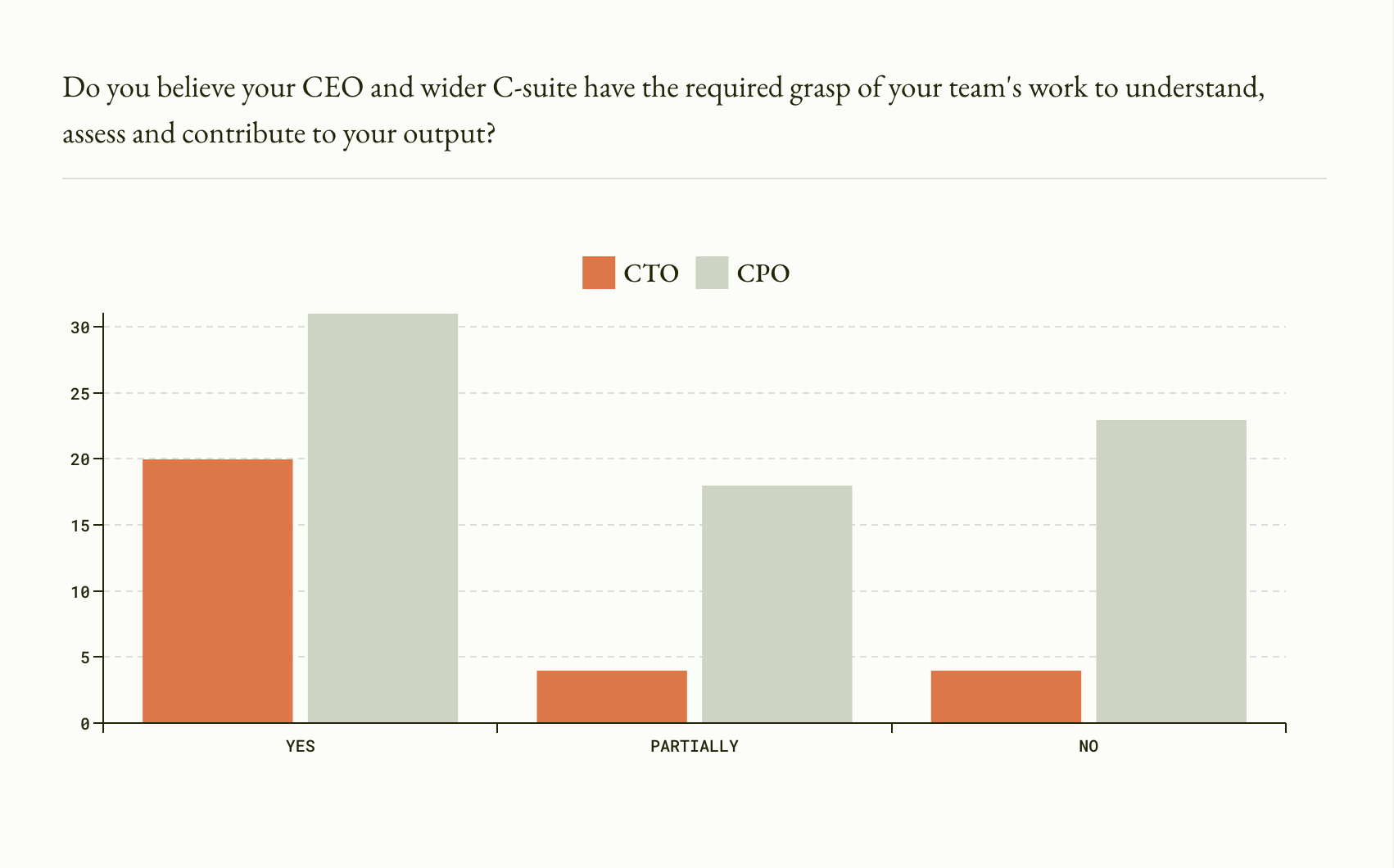There’s a lot of confusion around product management job titles, seniority, and hierarchy. This makes it hard to compare jobs, plan your career, and attract the right talent to your team. In this post, I'll walk through the levels of product management, providing overviews for each product role, and some useful content to refer to.
Product manager levels
A standard is emerging from most successful product teams and organisations that can serve as a template for your own. Let's take a look:
Associate Product Manager
This is an entry-level product position, for someone who is brand new to the role. It also has a specific connotation with an Associate Product Manager (APM) program. This is a common rotational apprenticeship program in larger companies like Google and Facebook. The typical APM is a recent graduate. The aim—similar to most apprenticeships—is to develop these candidates into full-time positions through a combination of training and hands-on involvement with real projects.
Junior Product Manager
A Junior Product Manager is also new to the role but doesn’t require as much hands-on training as an Associate Product Manager. They operate independently with a product development team, maybe on a smaller product or area, and under the leadership and mentorship of a more senior product manager. A Junior Product Manager typically has some work experience under their belt already and can come from any background. Engineering, design, or business are the most common backgrounds. Some of the best product managers out there have come from customer support, QA, or business analyst roles.
For advice on hiring a Junior Product Manager, check out 'How do you Choose who to Hire as a Junior Product Manager?'.
Product Manager
The most common job title of a product manager can span a wide gamut of experience, responsibility, and skills. Broadly this is someone who operates independently, leads the work of a product development team, and is responsible for a product or customer journey. Because it’s the most common title, it's important to consider what product they manage. For example, if they’re a product manager for Facebook’s news feed and impact billions of users, they’re probably more senior and experienced than a product manager at a brand new startup.
For some insights on the Product Manager role see 'How do you Become a Product Manager?' by Liam Smith and discover what it is that Jase Clamp believes really makes a Product person in 'What’s in the DNA of Product People?'.
Product Managers identify customer needs, set the strategy, roadmap, and feature definition for a product (Image: Shutterstock)
Senior Product Manager
A senior Product Manager does the same thing as a product manager but has a senior title either in recognition of their contributions, the relative importance of their product, or reflects the fact that they also spend time mentoring junior product managers. In some organisations, this is a hybrid role. The Senior Product Manager is hands-on with a product and also has some line-management responsibilities.
Product Lead / Lead Product Manager
This is a newer role, and usually a very senior product manager who is responsible for a critical product in the company. This can be equivalent in rank to a Senior Product Manager through to a VP Product. The difference is they are not managing other product managers at all — they are simply exceptional product managers who want to stay hands-on and leave people management to others.
In many ways, this is similar to the Architect track in engineering (in contrast to the CTO track), and something we should encourage more. Just because you’re a great product manager and want to advance in your career, it doesn’t mean you should have to move away from being a hands-on product manager to a leader of other product managers. Some people are just better suited to one path than the other. Recognising who is great at leadership and who is great at building amazing products is equally important and valuable to an organisation.
Product Director / Group Product Manager
A Product Director or Group Product Manager is where the role starts to change. It goes from an individual contributor who owns a product and works hands-on with engineering and design teams, to someone who has stepped back from the day-to-day to focus on leading other product managers and working on alignment. This is where soft skills around people management become a critical part of the job — managing people is even harder than managing products!
VP Product / Head of Product
This is similar to a Director, but common in larger companies with more products and management layers, or as the most senior product person in a startup. This role is all about managing other product managers. Additionally, a VP will usually be responsible for managing a team budget — some organisations even throw in P&L responsibility.
In many startups, this is called a Head of Product but I’m not personally a fan of that title as there’s no way to promote a Head of Product — they’re already the Head!
In this instalment of How I got my job, you can see how Morgan Beschle landed the role of VP of Product at Cureatr after working in product management for 14 years.
CPO / Chief Product Officer
A Chief Product Officer (CPO) is the most senior product person in an organisation. They usually manage more than one team of product managers and represent product in the C-suite or management team. They’re responsible for overall product strategy and alignment within their teams and with other parts of the organisation.
The difference between a VP Product and CPO in smaller companies isn't huge, and the title is used interchangeably for the most senior product person in the company. But in larger organisations that have both roles, we can again borrow from our engineering friends to clarify the difference. The VP Product is responsible for the team, the processes, and getting things done, while the CPO is responsible for the product vision, product architecture, and overall organisational alignment.
In 'Where Does Product Fit? What’s Being a CPO Really Like?', Zoopla’s CPTO Dave Wascha shares his take on the reality of the CPO role, where Product fits within the organisation, what skills product managers need to be successful, and more. You can also learn how Ashley Fidler went from a PhD in Linguistics to a CPO at Eigen Technologies in her instalment of How I got my job.
One size does not fit all
Most companies don’t need all these tiers of course, so it’s important to think about how this fits into your organisation. At a startup, you might have a single Product Manager. As you grow, a couple of Product Managers could report to a Head of Product/VP Product. Only as the company grows and the suite of products grows do you need to consider more layers. As with anything else in product, these team structures and tiers should be aligned with customer needs. This way, you can incentivise and organise teams in alignment with your company goals.
As your organisation grows, you will need to consider the different product manager levels you need on your team
Product Owner ≠ Product Manager
Product Owner is a job role that came out of Agile and Scrum, and although many organisations use it as a job title that is interchangeable with Product Manager, it’s not correct. In Scrum, the Product Owner is defined as the person who is responsible for grooming the backlog. While in Agile it's defined as the representative of the business, and neither entirely describe the full breadth of a Product Manager's responsibilities.
Product Owner is a role you play in an Agile team, whereas a Product Manager is the job title of someone responsible for a product and its outcome on the customer and the business.
Now a lot of Product Owners out there are great Product Managers, and they should just change their title. But a fair number of Product Owners have simply completed a certified Scrum product owner course and now think they’re equivalent to a Product Manager. Doing so sets them up to fail as they never consider the broader role. So if you're tasking a Product Owner with the broader product management responsibilities, make sure you provide the training they need to master the full breadth of the role (and then change their title).
Structure = Clarity
Having clear and common structures for product management job titles in our teams will help us all better understand our careers, roles, and teams. This structure should provide the right foundation for you and your teams to ask: Do your team's titles accurately reflect their jobs? Are they clear enough that applicants looking at your open vacancies know what you're hiring for and if the job is for them? Or do you need to rethink your structure to maximise clarity?
Common questions about product management levels
1. What does a product manager actually do?
A product manager defines the product vision, identifies customer problems, and leads cross-functional teams to deliver solutions that create business value. They’re responsible for setting priorities, analysing data, and ensuring the product meets both user and commercial goals.
2. Do all companies use the same product management titles?
Not always. While most organisations follow a similar structure, from Associate Product Manager up to Chief Product Officer (CPO), smaller startups often combine roles, and larger companies may add extra layers like Product Lead or Group Product Manager. Titles can vary, so it’s always worth checking the responsibilities behind each one.
3. How can I progress from Product Manager to Senior Product Manager?
To advance into a Senior Product Manager role, demonstrate that you can think strategically, lead others, and deliver measurable impact. Focus on mentoring, influencing stakeholders, and owning larger product areas, showing that you’re driving long-term outcomes, not just outputs.









